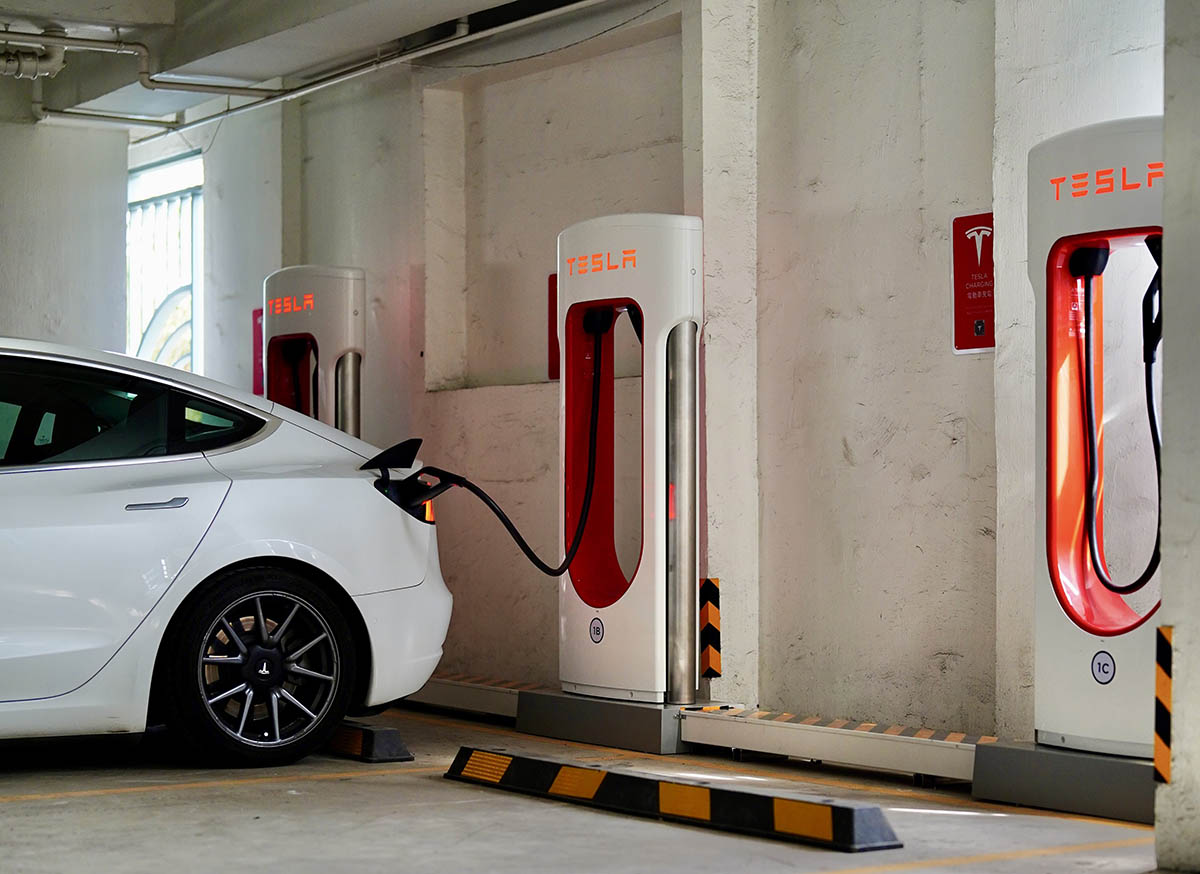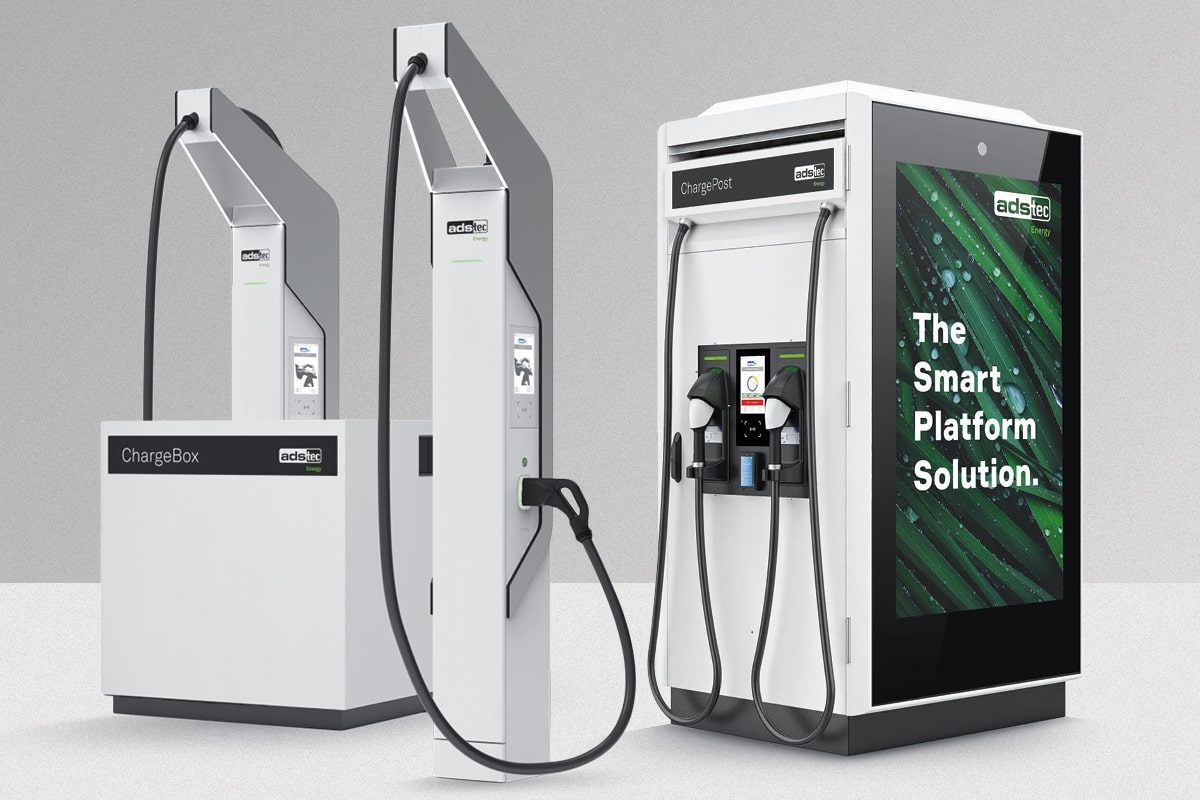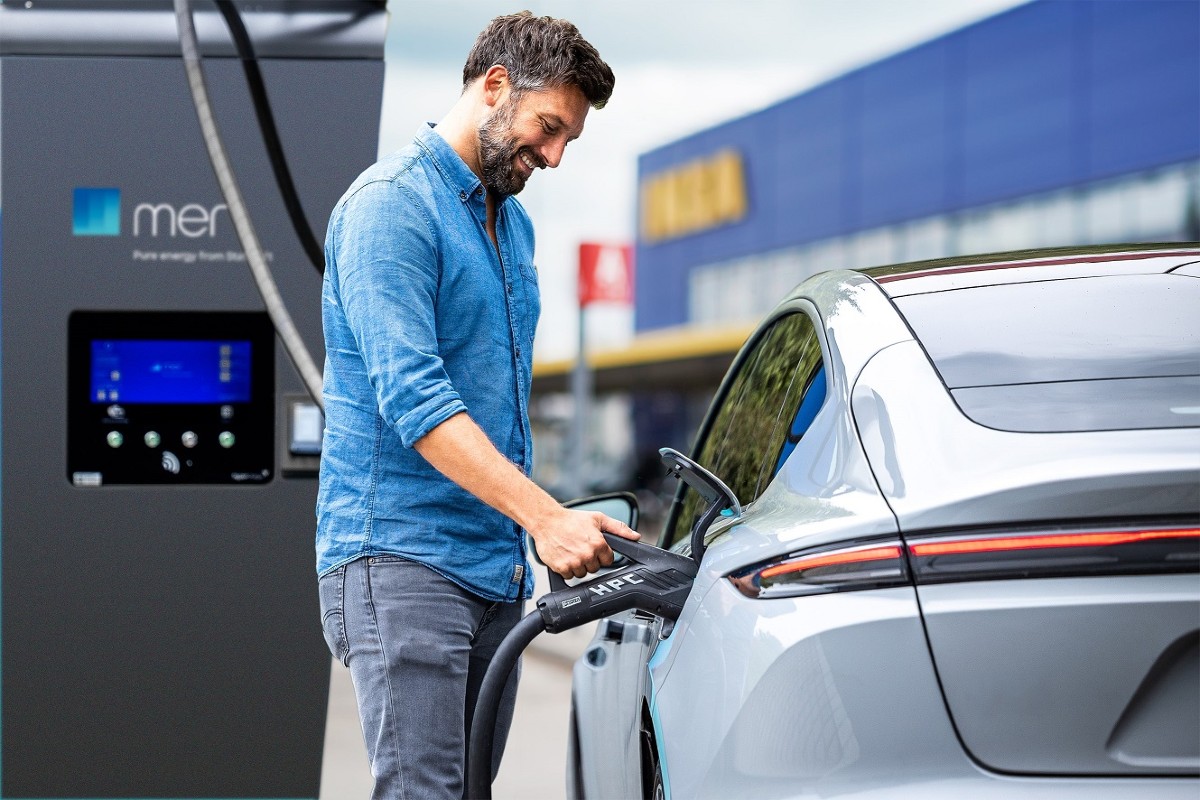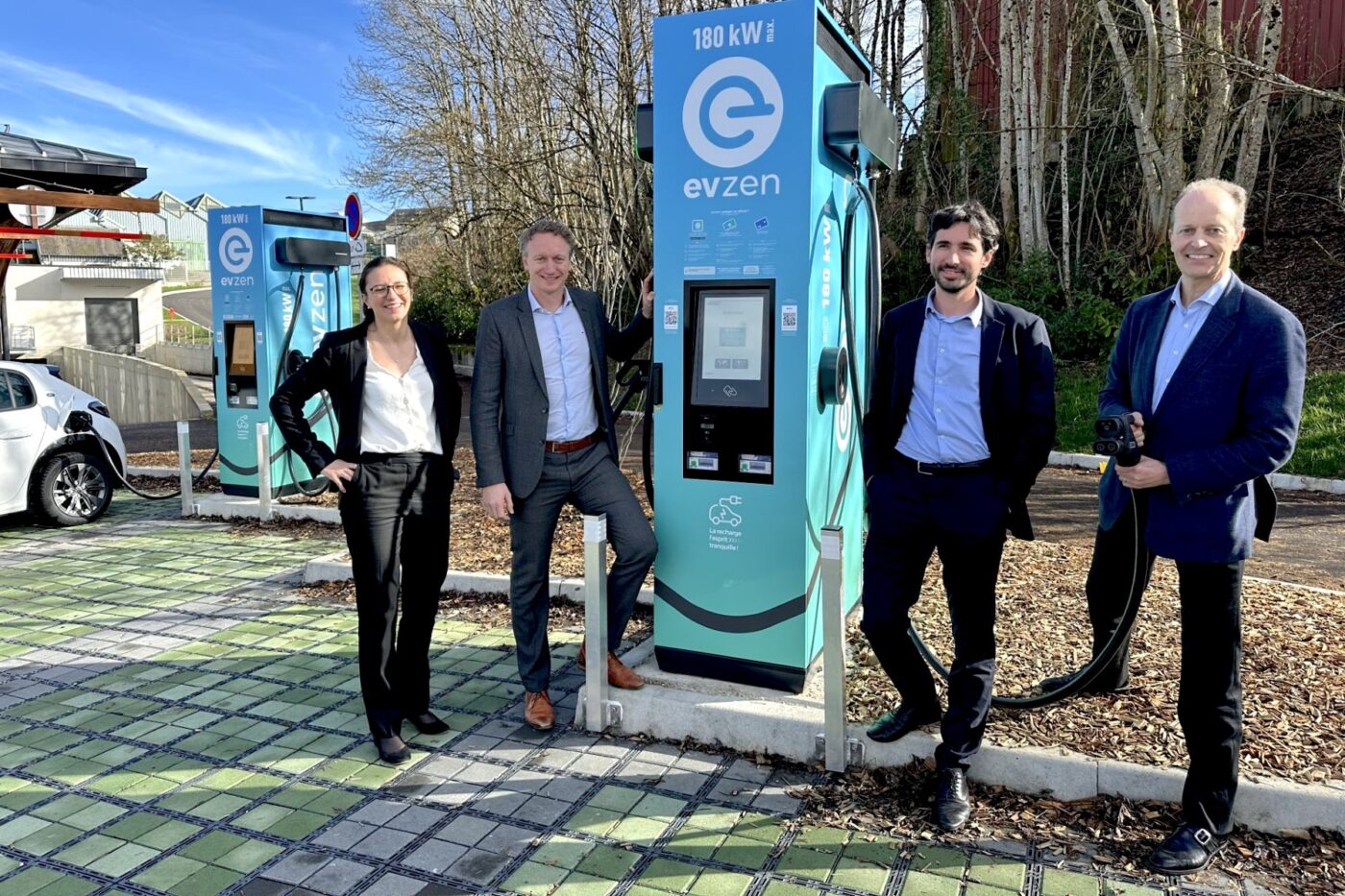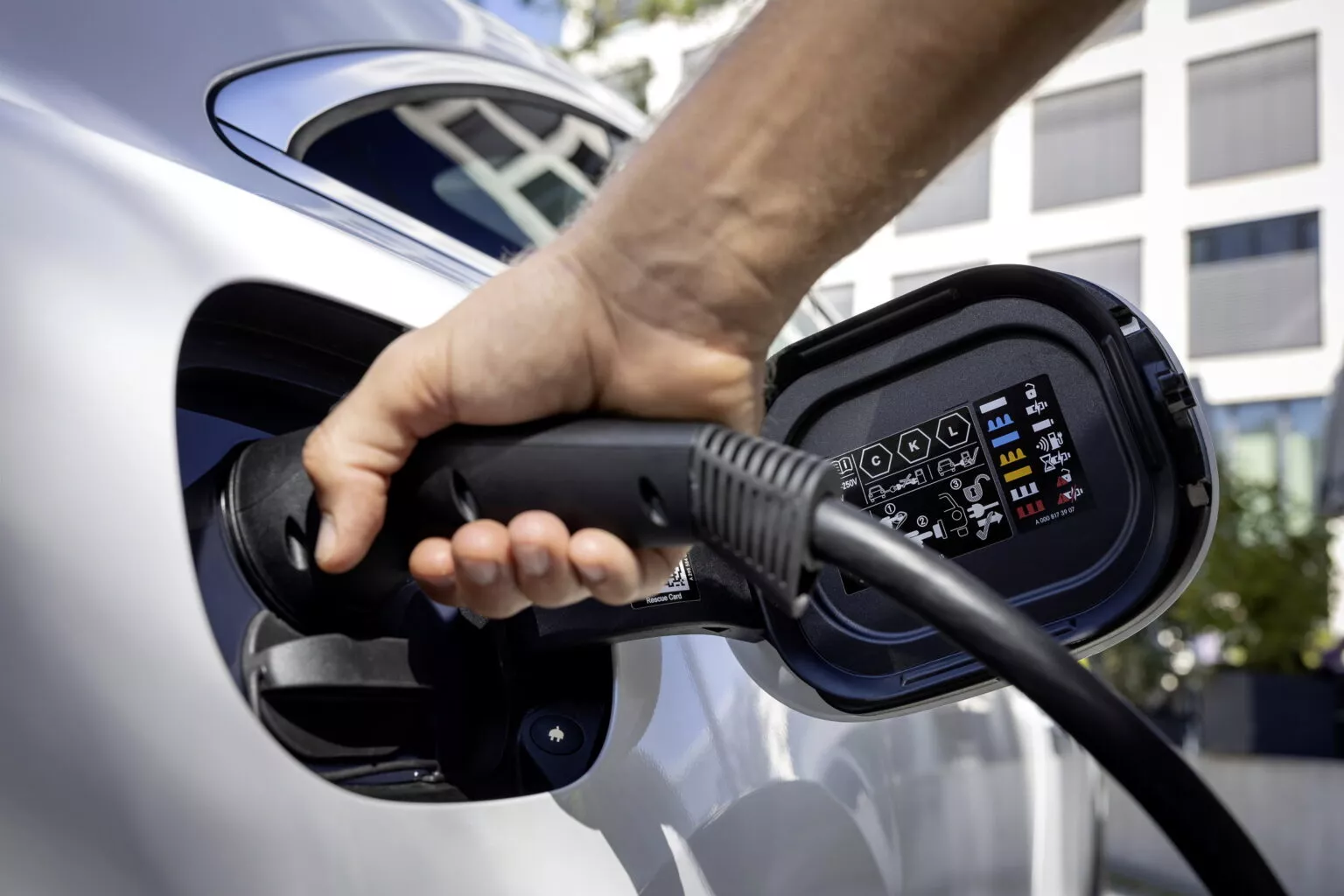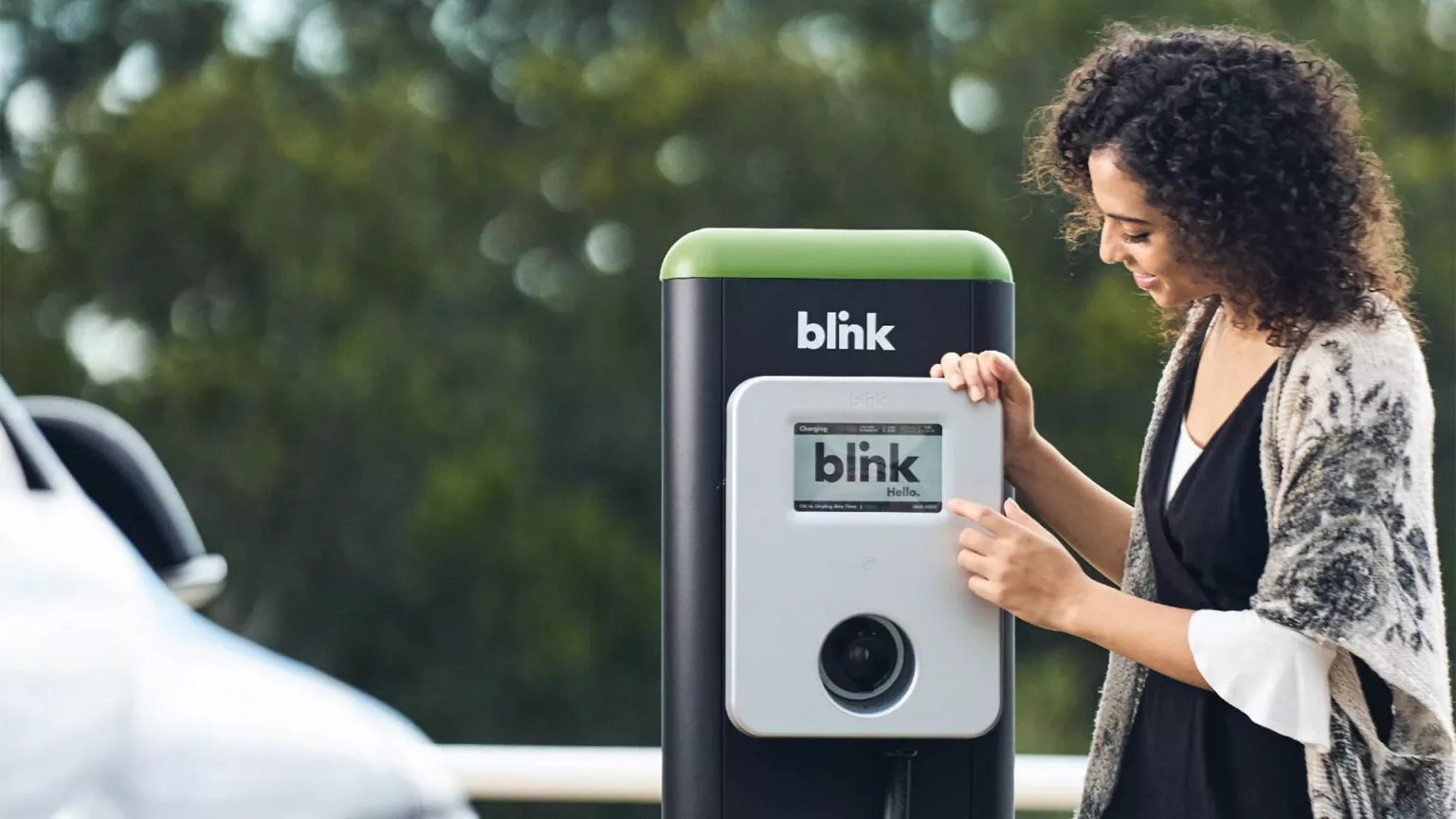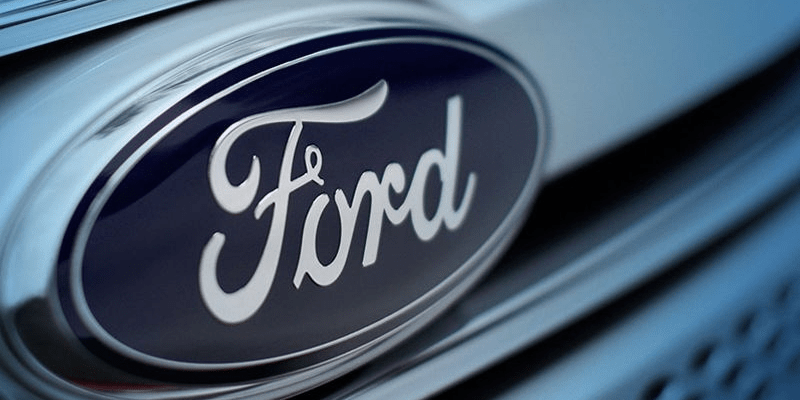Tesla, the renowned electric vehicle (EV) manufacturer, has officially acknowledged its efforts to address compatibility challenges at its Supercharger stations. With the recent decision to open Superchargers to non-Tesla EVs, starting with Ford models, Tesla faces a new dilemma regarding the varying charge port locations of different electric vehicles.
The core issue lies in the design of Tesla’s Supercharger stalls, which were originally tailored to accommodate Tesla vehicles, all of which feature charge ports located at the back of the driver’s side. This uniformity allowed for seamless charging experiences at Supercharger stations, which were exclusive to Tesla vehicles in North America until now.
See also: Tesla Boosts End-of-Quarter Offer with 10,000 Free Supercharging Miles
However, many non-Tesla electric vehicles have charge ports located in different positions, posing challenges for Tesla’s Supercharger cable to reach them without obstructing adjacent stalls. While Tesla’s latest V4 Supercharger design features a longer cable to address this issue, the majority of existing Supercharger stations are equipped with V3 stalls, which do not offer the same flexibility.
As a temporary solution, Tesla has advised owners of non-Tesla EVs, such as Ford, to park their vehicles halfway into the adjacent stall, preferably on the left side, to facilitate charging. This recommendation aims to minimize disruption to other charging posts.
See also: Tesla to Open 15,000 Superchargers to Four New Automakers in Spring 2024
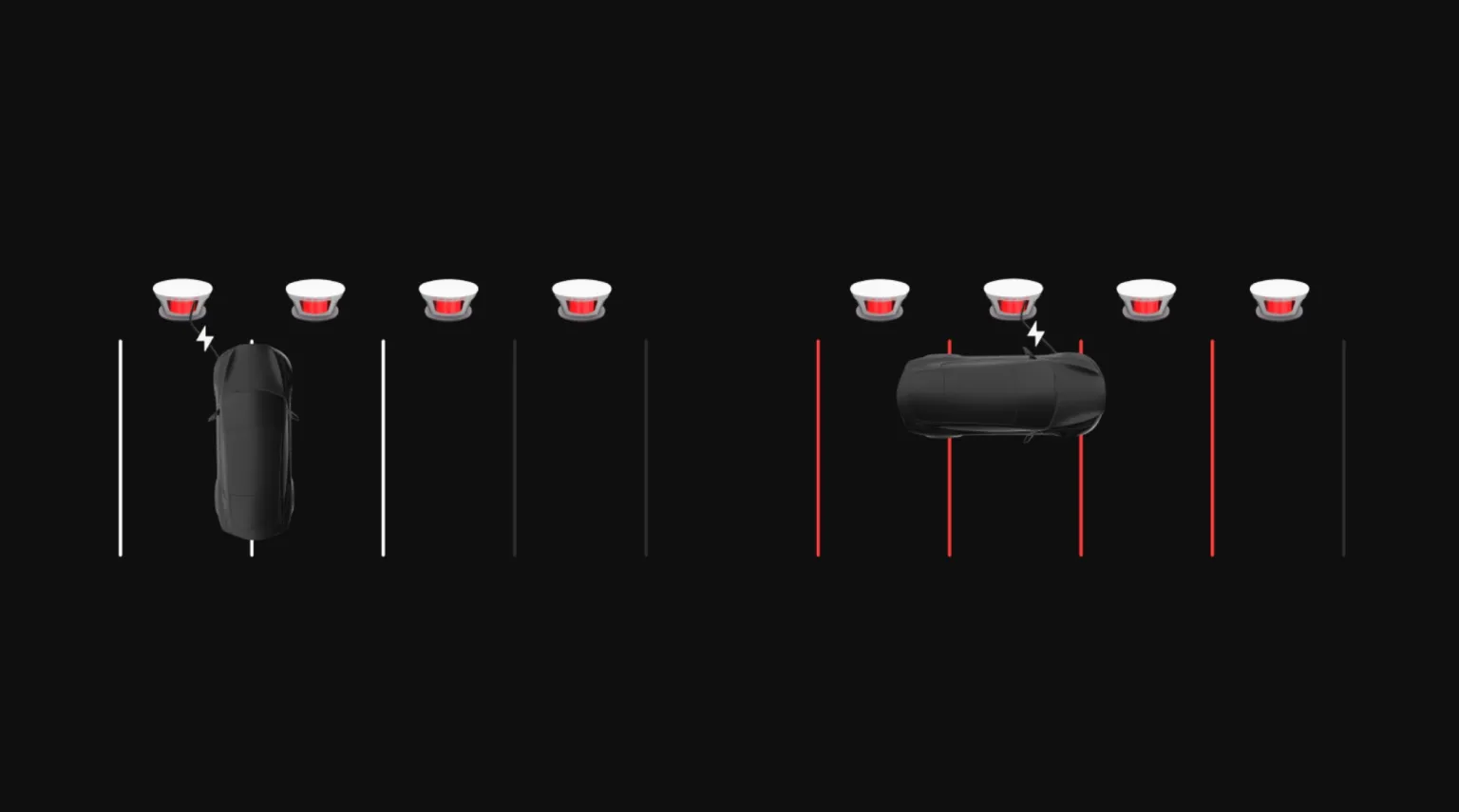
In response to the growing need for a more permanent solution, Tesla has revealed its development of a NACS-to-NACS extension cable. This new cable, designed to bridge the gap between Supercharger stalls and EVs with varying charge port locations, is expected to alleviate the inconvenience faced by non-Tesla EV owners at Supercharger stations.
Tesla has confirmed the development of the NACS-to-NACS extension cable on its Supercharger support site, stating, “We are working on an NACS to NACS extension cable, which will be available for purchase in the future.” However, the timeline for the availability of this new technology remains unclear.
In addition to its efforts to address the current challenges, Tesla has urged all vehicle manufacturers to standardize charge port locations to either the rear driver’s side or front passenger’s side. This standardization would streamline the charging process and improve overall accessibility at Supercharger stations.

